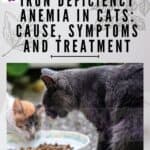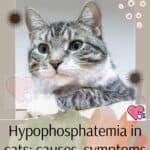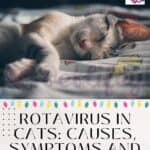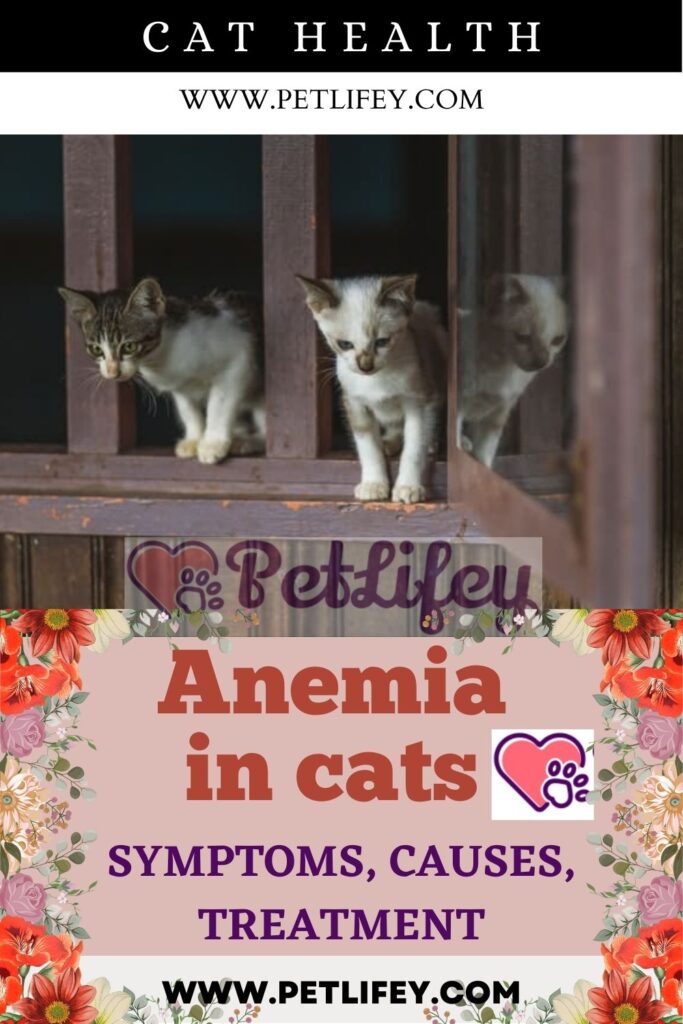
Anemia in cats is a problem that should not be underestimated: the anemic cat has a reduced number of red blood cells and must be treated effectively, to avoid serious health risks.
Anemia is a rather frequent pathology in cats, which often arises as a more or less direct consequence of other health problems: this disease develops quickly in felines, considering that their red blood cells have a particularly short life (about 70 days, against 120 days for humans and dogs).
If the cat suffers from anemia, there will be a shortage of red blood cells in his blood which leads to a lack of oxygen both at the blood and cellular level: just like humans, in fact, cat anemia is also linked to the production of hemoglobin and the presence of oxygen in the blood.
Anemia in cats: types, causes and symptoms
Two different types of anemia can be identified in cats: regenerative and non-regenerative anemias.
– Regenerative anemia: the disease results from a trauma, such as heavy bleeding.
– Non-regenerative anemia: the problem is in the bone marrow, where the ability to produce red blood cells is lacking due to infections or other diseases.
Causes of Feline Anemia
If we are dealing with a cat with regenerative anemia, it is possible that the problem is caused by haemorrhage due to accidents or internal bleeding, but also to parasites or problems of immune-mediated haemolytic anemia: the latter type of anemia is occurs when the cat’s body attacks its own red blood cells.
Kittens that have type A blood and drink their mother’s colostrum with type B blood can contract a very rare form of immune-mediated anemia called neonatal isoerythrolysis.
Non – regenerative anemia, on the other hand, can depend on some viruses that are very dangerous for our four-legged friends: among these we remember FeLV (feline leukemia) or FIV (feline immunodeficiency). In other cases, non-regenerative anemia in cats is caused by cancers, malnutrition, and chronic inflammatory diseases.
Anemia in cats: the possible symptoms
– Weakness: cats with anemia are usually weak and lethargic.
– Pica: the anemic cat develops strange eating habits, such as licking walls and stones or eating the litter box.
– Pallor: among the most common symptoms of anemia in cats is pallor of the mucous membranes, easy to find in the mouth and around the eyes.
– Tachycardia and Tachypnea: this is an increase in the heart rate and respiratory rate of the sick cat.
– Jaundice: when the cat has anemia it can develop yellow mucous membranes, a serious sign of ongoing blood disease.
Cats and anemia: diagnosis, treatment and prevention
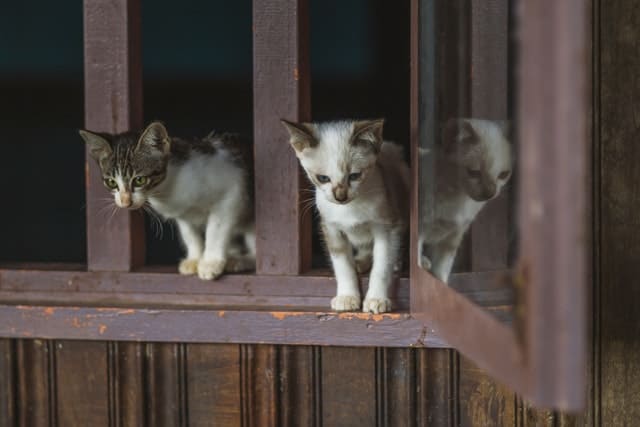
If we notice one or more symptoms of anemia in our cat, it is necessary to take him urgently to the vet who will arrange for a blood sample. Blood tests to diagnose feline anemia are hematocrit (volume of red blood cells in the blood) and hemogram (information about red blood cells, white blood cells, and platelets).
Once it has been established that the cat is actually anemic, the doctor identifies the cause of the pathology: to do this, he must also know the cat’s previous diseases as well as discard the presence of other viral pathologies, such as leukemia.
Anemia in cats: how to cure it?
Once the anemia has been diagnosed and the root cause has been identified, the vet will be able to treat the cat in the most appropriate way: usually, the solution is to identify and remove the triggering cause, such as internal bleeding.
In severe cases, the cat may undergo a transfusion necessary to restore the adequate number of red blood cells in the blood.
Among the natural remedies for anemia in cats, there are also B vitamins and chlorophyll supplements, particularly suitable in cases of mild disease.
How to prevent anemia in cats
Even if not all the causes of feline anemia are easily predictable, there are still a series of precautions that can be put into practice for the prevention of this pathology:
1. Try to keep the cat indoors to avoid infectious diseases and subject it to the recommended vaccines if it is a cat used to going out alone;
2. Be precise in following the schedule of vaccinations and periodic pesticide treatments to which your four-legged friend should be subjected;
3. Make sure you offer your cat a balanced diet and watch out for any changes in his character, which could indicate any health problems.

